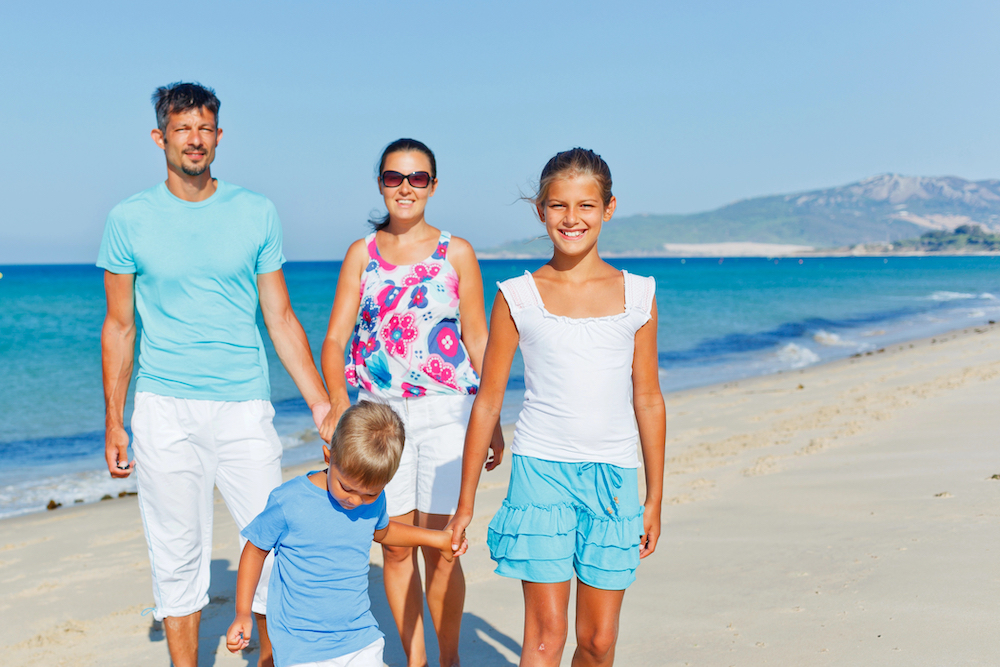Camping isn’t just about sleeping under the stars—it’s about creating unforgettable experiences, disconnecting from screens, and reconnecting with family. A well-planned trip can lead to adventure, relaxation, and plenty of memories, but without the right preparation, it can quickly turn into a struggle with forgotten gear, soggy sleeping bags, or hungry campers searching for snacks.
Whether you’re heading into the woods for the first time or you’re a seasoned camper looking to refine your approach, preparation is key. From making sure the whole family is on board to choosing the best equipment, these six strategies will help ensure your next camping trip is smooth, fun, and stress-free.
Camping is Good for the Whole Family
If you’re looking for a way to unplug from the chaos of everyday life and bring your family closer together, camping is the perfect solution. More than just a getaway, camping can benefit the whole family by strengthening relationships, encouraging teamwork, and teaching valuable life skills. It offers kids a great chance to explore the outdoors, build confidence, and gain independence in a way that no screen or structured activity ever could.
Spending time in nature helps relieve stress for both kids and adults. Without distractions from technology, families engage in meaningful conversations, cook meals together, and experience the joy of simple living. The fresh air, physical activity, and even change of scenery work wonders for everyone’s mood and mental clarity. For families looking to create lifelong memories and develop a deeper appreciation for the outdoors, camping is an experience that can’t be matched.
Pick the Best Cooler for a Camping Trip
Few things can wreck a camping trip faster than warm drinks and spoiled food. No matter how well-planned your meals are, the wrong cooler can leave you dealing with melted ice, soggy food, and last-minute runs to the nearest store for more supplies. Choosing the right coolers can make all the difference in keeping food fresh and drinks cold for the duration of your trip.
A great cooler should be durable, well-insulated, and capable of handling the elements. Consider how long your trip will be and whether you’ll have access to ice or need something that can retain cold temperatures for multiple days. Size also matters—a cooler that’s too small won’t hold enough food for a family, but one that’s too big can take up unnecessary space and be difficult to transport. Look for models designed for outdoor adventures, as they are built to withstand tough conditions and keep your food at a safe temperature.
Beyond the cooler itself, packing it strategically helps maintain cold temperatures longer. Use frozen water bottles instead of loose ice to minimize water buildup, store perishable foods at the bottom, and keep frequently used items at the top to avoid unnecessary exposure to warm air.
The Best Way to Plan Meals for a Camping Trip
One of the biggest mistakes new campers make is underestimating how much food they’ll need. Cooking in the great outdoors requires a little more thought than a typical meal at home, but with the right planning, it can be one of the most enjoyable parts of the trip.
Start by making a meal plan that’s simple but satisfying. Consider recipes that require minimal ingredients, don’t need refrigeration, and can be easily cooked over a campfire or portable stove. Prepping ingredients at home—such as chopping vegetables, marinating proteins, and portioning out seasonings—will make cooking at the campsite much easier.
Don’t forget about snacks. Camping tends to increase appetites, especially for kids running around all day. Pack plenty of high-energy, easy-to-grab options like nuts, dried fruit, and granola bars. And of course, no camping trip is complete without a few fun treats like s’mores.
Choose the Right Campsite
Where you set up camp can make or break your experience. While any spot might seem good enough for pitching a tent, finding the right campsite can significantly improve comfort and convenience. Consider factors like terrain, proximity to water, shade availability, and accessibility.
If you’re camping with kids, look for family-friendly campgrounds with amenities like bathrooms, picnic tables, and designated fire pits. If you’re going for a more secluded experience, scout locations ahead of time to ensure they offer the space and privacy you need.
Weather also plays a role in campsite selection. Flat, dry areas are best for setting up a tent, while spots under large trees provide much-needed shade on hot days. If rain is in the forecast, avoid low-lying areas that could flood and instead opt for slightly elevated ground.
Taking a little extra time to choose the right campsite can make your entire trip more comfortable, ensuring restful sleep, easy meal prep, and a safe, enjoyable outdoor experience.









